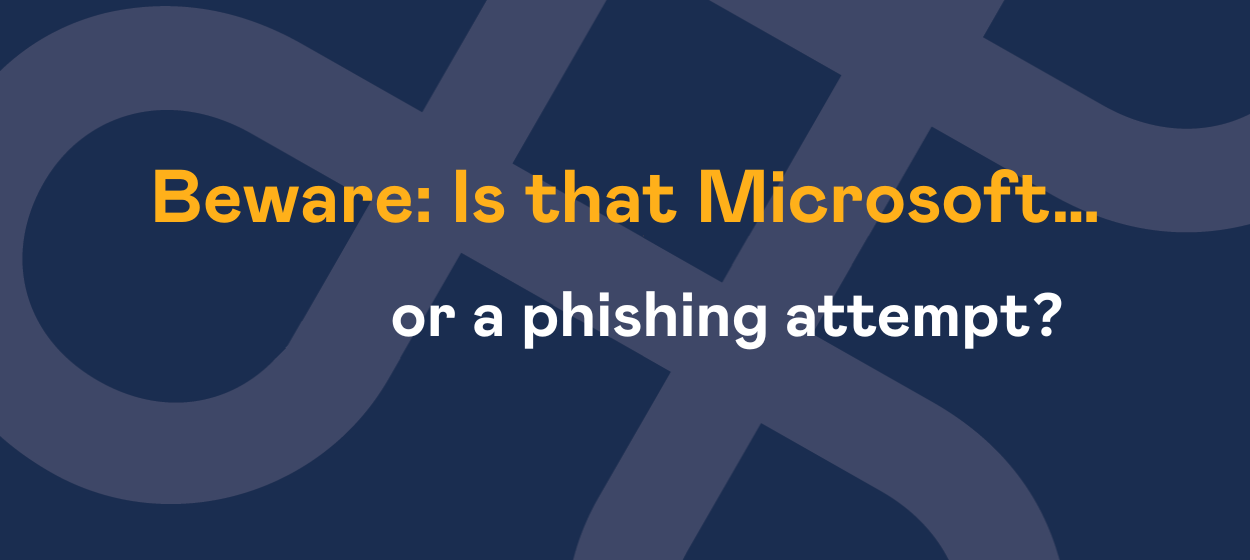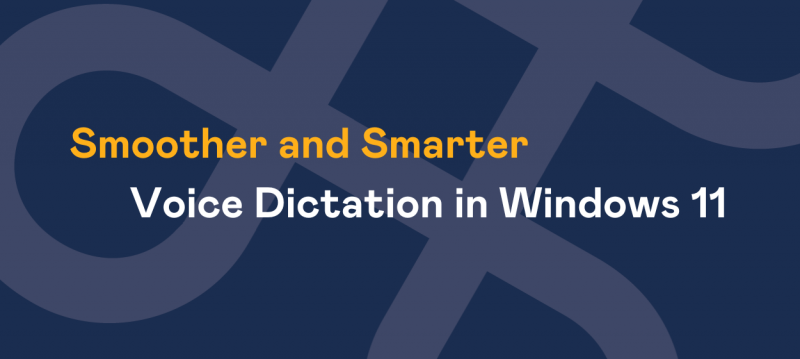When a message from Microsoft lands in your inbox, it’s easy to trust it without a second thought.
But here’s the catch: cyber criminals are counting on that trust.
Microsoft is currently the most impersonated brand in phishing scams worldwide. In early 2025 alone, over a third of brand-related phishing attacks falsely claimed to be from Microsoft.

That’s more than any other company, with Google and Apple not far behind. Combined, these tech giants account for the majority of phishing campaigns globally.
So, what’s driving this trend, and how can you protect your business?
Let’s start with the basics.
Phishing is a type of cyber attack where scammers pose as legitimate companies, often ones you know and trust, to trick you into revealing personal or business information. Their aim is to steal passwords, financial data, or access your systems.
These scams have become far more sophisticated. Gone are the days of poorly worded emails and dodgy links. Today’s phishing messages often feature accurate branding, polished design, and even spoofed email addresses that appear legitimate at a glance.
Some recent campaigns have gone beyond email, targeting victims through fake websites mimicking Mastercard and other well-known brands, convincing enough to fool anyone into entering their details.
The reality is clear: attackers are refining their tactics, and phishing threats are only getting more convincing.
So how do you tell the difference between a genuine Microsoft message and a convincing fake?
Here are some simple but effective tips:
- Pause before you act: Be wary of messages urging urgent action, like “click here now to avoid account suspension.” This is a classic phishing tactic.
- Examine the sender address: Even tiny changes, like “micros0ft.com” instead of “microsoft.com,” can signal a scam.
- Avoid clicking links directly: Instead, type the company’s official web address into your browser yourself.
It may feel like an inconvenience to double-check, but it’s far less hassle than recovering from a breach.
To stay secure, make sure your business is:
- Educated on phishing risks
- Equipped with the right cyber security solutions
- Using safeguards like multi-factor authentication (2FA)
The more recognisable the brand, the more likely it is to be impersonated.
If you’re not sure whether a message is genuine, it’s better to be safe than sorry.
Need help building stronger defences or training your team to spot scams? We’re here for that. Just get in touch.



